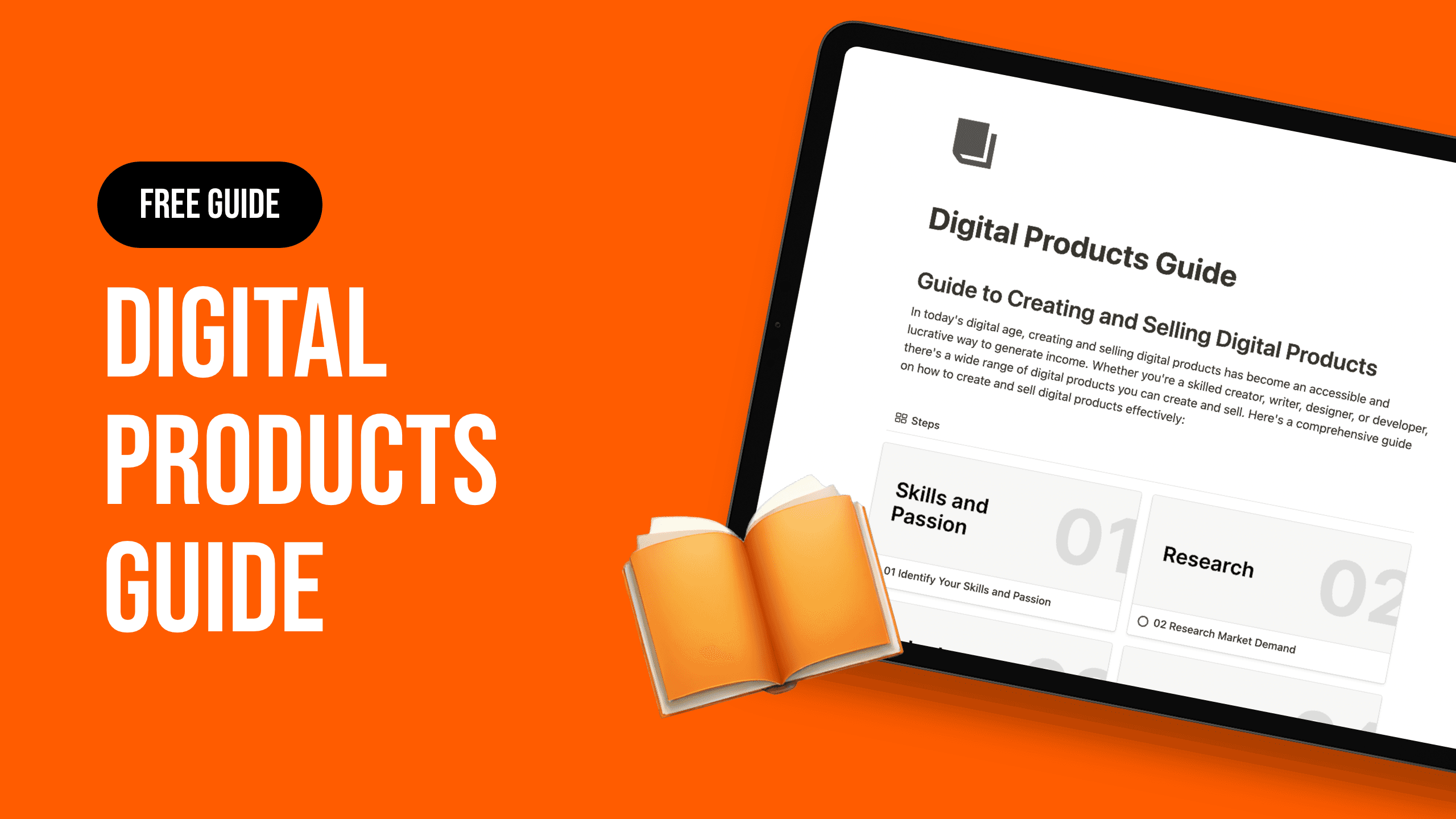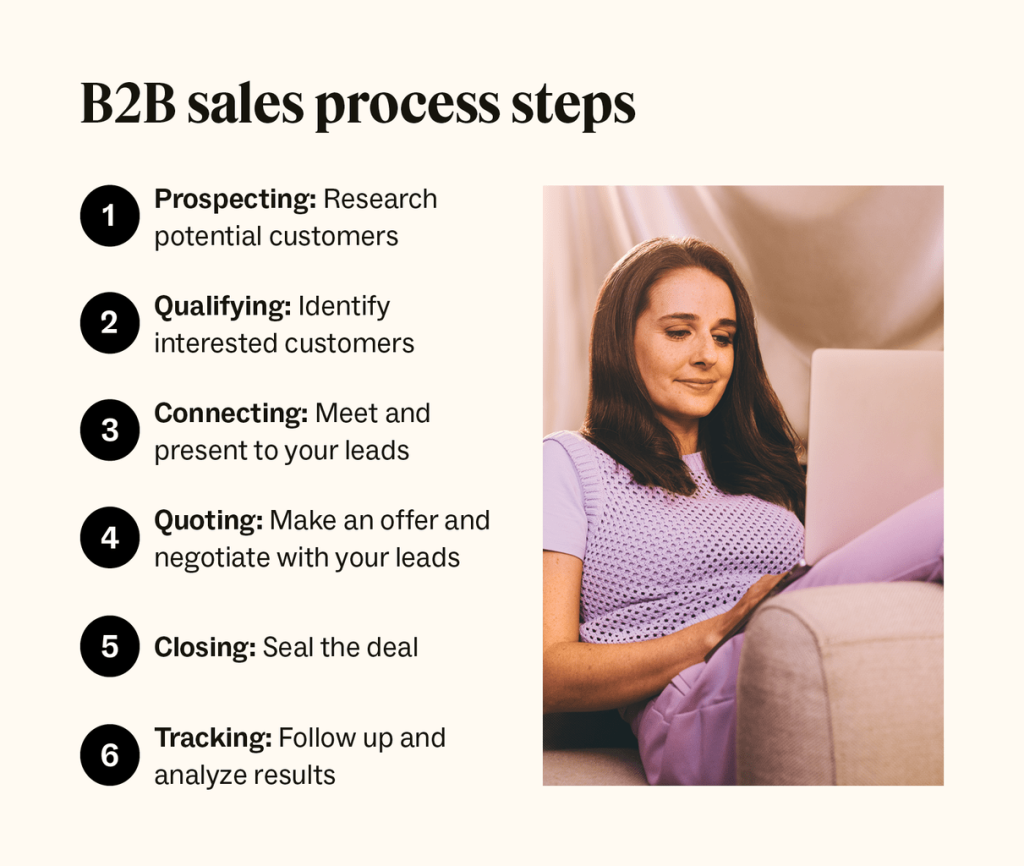Let’s be honest. For a long time, the creator playbook was pretty straightforward. Build an audience, post consistently, maybe run some ads or score a brand deal. But the landscape is shifting—fast. Relying solely on platform algorithms and one-off partnerships is like building a house on sand. It might stand for a while, but the first big wave could wash it all away.
You need a real sales strategy. Not the sleazy, cold-calling kind. We’re talking about a sustainable system for turning your passion and expertise into a predictable income. It’s about building a business, not just a following. Here’s the deal: let’s dive into the sales strategies that actually work in the modern creator economy.
The Foundation: Shifting from Audience to Community
Before we talk tactics, we have to talk mindset. An audience consumes. A community participates. An audience is a number on a screen. A community is a group of people who share a common interest and, crucially, a connection to you.
Your first sales strategy isn’t really a sale at all—it’s the act of building genuine connection. This is your bedrock. When people feel like they know you, like they’re part of your world, they don’t just buy a product. They buy into your mission. They become your most vocal advocates. This is the core of community-led growth, and honestly, it changes everything.
Core Sales Models for Creators
Okay, let’s get into the nitty-gritty. There are several powerful models you can mix and match. Think of them as the different tools in your workshop.
1. The Digital Product Engine
This is where you package your knowledge into something scalable. It’s a beautiful thing—you create it once and it can sell for years.
- E-books & Guides: Perfect for deep-dives on a specific topic your audience craves.
- Digital Templates & Tools: Are you a productivity whiz? Sell your Notion templates. A digital artist? Sell your custom brush packs. You’re saving your customers time and effort, which is incredibly valuable.
- Online Courses & Workshops: The flagship offering. This is where you provide a transformational outcome. The key here is to focus on the result, not just the content. People don’t buy a “photography course”; they buy the ability to “finally take professional-level photos of their family.”
2. The Tiered Access Model
This model, often powered by platforms like Patreon or Memberful, is all about creating layers of value. It’s like a museum membership. There’s a free level to peek in, but the real treasures are for paying members.
| Free Tier | Public content, newsletter sign-up, a taste of your style. |
| Supporter Tier ($5/mo) | Behind-the-scenes content, a dedicated Discord channel, early access to videos. |
| Insider Tier ($15/mo) | Monthly Q&A calls, downloadable resources, direct input on future projects. |
| VIP Tier ($50+/mo) | One-on-one coaching, your name in the credits, physical merchandise. |
The goal is to create a clear, compelling reason to move up each rung. The best part? This model generates recurring revenue, which is the holy grail for financial stability.
3. The High-Touch Service Lane
Not everything can be automated, and that’s a good thing. Your personal time and expertise are your most exclusive—and expensive—offers.
- 1-on-1 Coaching or Consulting: You work directly with a handful of clients to help them achieve a specific goal.
- Freelance Gigs Rooted in Your Craft: The photographer who sells presets might also offer limited, high-end portrait sessions.
- Paid Speaking Engagements: As your authority grows, organizations will pay for you to share your insights on stage or in a corporate setting.
The “How”: Weaving Sales Into Your Creative Fabric
So you have your models. But how do you actually sell without feeling, well, salesy? The trick is to integrate it seamlessly. You have to bake it into your content, not just slap it on at the end.
Content That Demonstrates Value
Don’t just tell people you have a course on sourdough baking. Create a stunning Instagram Reel showing the beautiful, airy crumb of a loaf you made using your method. That’s the proof. Don’t just say you’re a marketing guru; write a thread on X (formerly Twitter) that breaks down a complex strategy into five simple, actionable steps. Give away 90% of your knowledge for free to prove the value of the 10% you keep for your paid offering. It’s a powerful trust-builder.
The Power of Storytelling and Pain Points
Nobody buys a drill because they want a drill. They buy it because they want a hole. Frame your offers around the “hole”—the problem, the frustration, the aspiration your community feels.
Talk about your own journey. “I used to struggle with chaotic workflows too, until I built this system…” That relatability is magnetic. You’re not just selling a template; you’re selling peace of mind and reclaimed time.
Leveraging Limited-Time & Scarcity (The Right Way)
Used poorly, scarcity feels manipulative. Used well, it creates a helpful nudge. Instead of “ONLY 2 SPOTS LEFT!!”, try “Enrollment for my spring cohort closes this Friday so I can provide focused attention to everyone inside.” See the difference? One is a pressure tactic; the other is a rational, service-oriented explanation.
Advanced Moves: Building a Sales Flywheel
Once you have the basics down, you can start connecting the dots to create a self-reinforcing system.
- Upselling and Cross-selling: Someone buys your $29 e-book? Offer them a 20% discount on your $199 video course that expands on the concepts. A member on your $5 tier? Email them a case study showing the amazing results your $15 tier members are getting.
- Affiliate Partnerships with Other Creators: Partner with a non-competing creator in an adjacent niche. You promote their product to your audience for a commission, and they do the same for you. It’s a win-win-win.
- Collecting Emails from Day One: This is non-negotiable. Your email list is your own digital real estate, immune to algorithm changes. It’s the single best channel you have for making a direct sale.
The Real Work Happens Offstage
Ultimately, the most sophisticated sales strategy in the world won’t work if the product is mediocre or the relationship is thin. The real magic happens in the quiet, consistent work—replying to DMs, asking your community what they’re struggling with, and relentlessly focusing on delivering genuine value.
It’s a marathon, not a sprint. But by building a real business with multiple revenue streams, you’re not just chasing virality. You’re building something that lasts. And that, in the end, is the most creative act of all.




